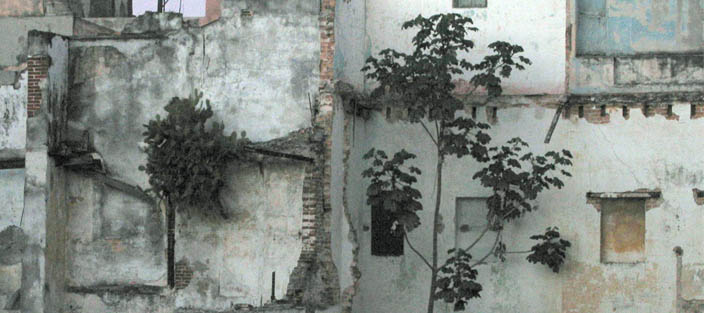
|
While walking around Los Angeles, I wonder: “What is nature?” Is nature the grass that grows between the asphalt or the palm tree—tall, slim, and elegant—that fl uctuates with the pressure of the wind? If it is “green” does that automatically qualify as nature? If something has been genetically manipulated, planted in a pot, and watered using a plastic tube, then is this “natu-real?” By definition, “natura” is a Latin translation of the Greek word physis, which originally related to the intrinsic characteristics that plants, animals, and other features of the world develop of their own accord (www.wikipedia.com) By defi nition, “urbanity” is something created by humans, and now fi nally we understand the need to be more inclusive so to allow other life forms to participate in creating the city if we want to survive as a species. “Manicured nature,” which constitutes 99% of today’s urban nature, originated from the traditions of the great European gardens, and then developed into our familiar urban parks. But we are living in a danger zone; we no longer desire to relegate nature to centralized or compartmentalized areas. Humans tend to search for trees and plants that are “beautiful,” while often forgetting the important role climate and eco-systems play in providing a balanced native environment. We like to think that nature can “penetrate” into our living spaces, but in our efforts to do this, we increase the manicured aspect of it. Exotic plants, domesticated, electronically irrigated, genetically manipulated, and potted in a skyscraper’s balcony, vertical farms, urban orchards—all are attempts to bring nature closer to us. The newest tendency is to not only nurture nature for decorative purposes or to delight our senses. We started thinking that perhaps nature can help us to better control our pollution levels by “eating” the CO2 we happily produce; or that if we plant a vegetable instead of planting an exotic fl ower, then we can grow food with the added benefi t of “green decoration”. Is real nature the 1% left out of this picture - the rebel, unplanted, unseeded, unwanted; the nature that appears between cracks on the sidewalk or from the balcony of an unmaintained old house? Does nature shows up only when man leaves, or leaves it untouched? |
